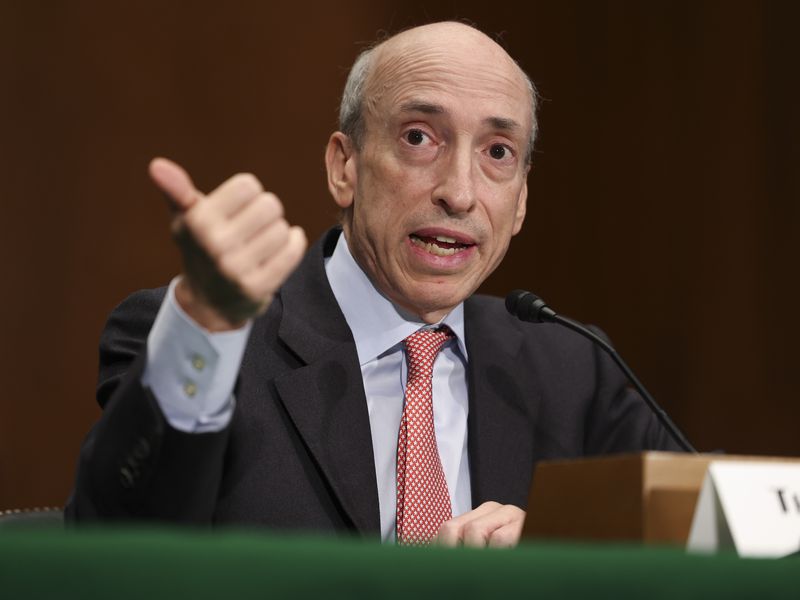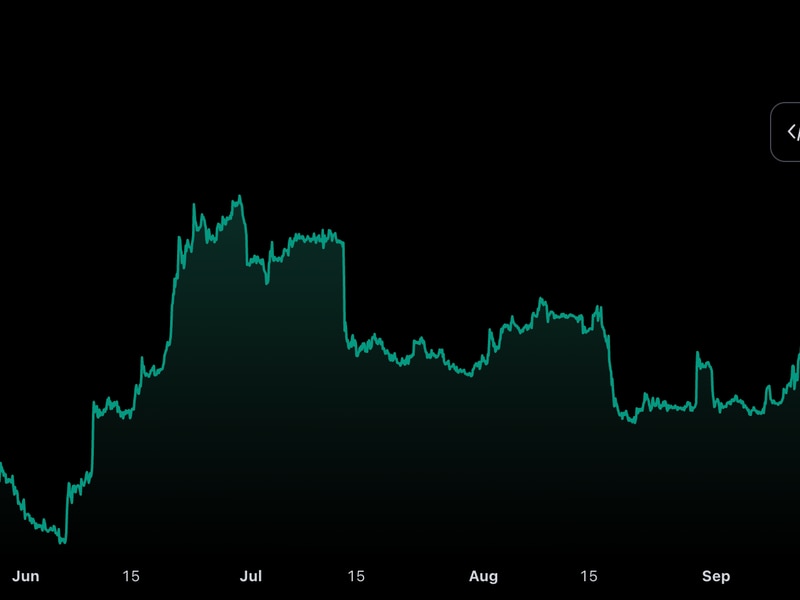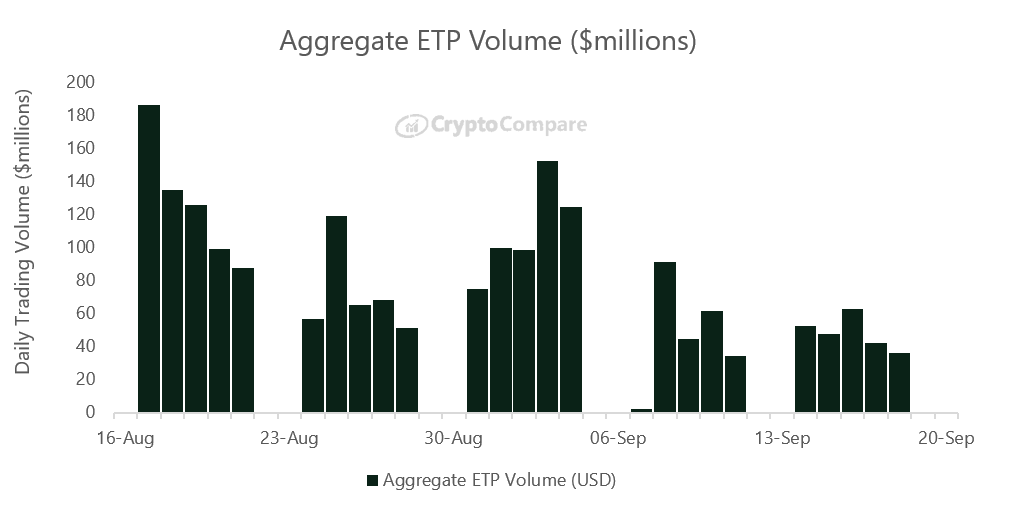Why Crypto Investors Should Care About Tokenomics: Crypto Long & Short
One important consideration for any digital asset investor allocating money to alternative coins is tokenomics. For the uninitiated, tokenomics refers to the economic and financial aspects of a cryptocurrency or project’s ecosystem. It encompasses the design, creation, distribution and management of the native tokens used within the project. Tokenomics plays a crucial role in shaping the economic value of tokens and the incentives of token holders within the protocol’s ecosystem. It involves careful considerations across various interdisciplinary fields, from economic principles, agency problems and game theory to oracle problems and blockchain architecture tradeoffs.
You’re reading Crypto Long & Short, our weekly newsletter featuring insights, news and analysis for the professional investor. Sign up here to get it in your inbox every Wednesday.
In short, tokenomics effectively defines the utility, monetary policy, distribution and incentives of the project’s token. Done well, tokenomics can be a supporting pillar in creating a thriving and valuable ecosystem. Done poorly, it can create a zero-sum money game or worse – a system teetering on the brink of instability (see algorithmic stablecoins).
One aspect of tokenomics that is particularly important for investors who exit the heavily traveled digital asset highway of bitcoin and ethereum to take the scenic altcoin backroad is token issuance. Issuance is typically done to raise capital for various purposes, such as funding expansion, reducing debt or investing in new projects.
When a project issues new tokens, digital asset investors need to consider the following:
-
Dilution of Ownership: When new tokens are issued, existing owners get diluted, resulting in a decrease in the ownership percentage and control that existing token holders have in the project. To the extent that the initial distribution of tokens favored the initial project investors and founding team, this effective change in control can be minimal relative to community token holders. This dilution impacts the explicit or implicit value per token, as ownership of the future utility from the project is spread across more units. Whether or not the project’s total market value increases or decreases depends on the use of the capital proceeds raised.
-
Use of Proceeds: If the funds raised are used to finance growth and strategic initiatives for the protocol or ecosystem, this can enhance the token’s future value and utility. But suppose investors are more critical of the use of capital as there doesn’t appear to be an immediate need or plan for investment, or they view the issuance as a liquidity event and exit for protocol founders or early investors. In that case, this can be viewed as a negative event.
Related to the two factors above, we must also consider the asymmetric information and agency problems between protocol development teams and token holders. Like traditional corporate management teams, protocol teams have private information and a potentially more realistic outlook for their projects than later-stage token holders. As investors in the secondary market, we should assume protocols are subject to “managerial market timing.”
Managerial market timing refers to project insiders, particularly founding team members, making token transactions based on their perception of the protocol’s token price movements. For instance, if insiders believe their protocol’s token is undervalued and set to rise, they might increase their holdings. On the other hand, if they anticipate a decline in the token’s price, they might decrease their holdings. As digital asset token markets continue to be shrouded in regulatory uncertainty, investors need to be aware of the actions of the protocol’s founding team, especially if it seems to be in conflict or misaligned with the project’s whitepaper or long-term road map.
To test how the digital market has historically viewed token issuance, I took the CoinDesk Market Index universe of tokens and calculated changes in 90-day token supply for the subset of the universe with reliable token supply data (some 135 tokens, see Figure 1 below). From the plot of issuance percentiles below, we can see that over the past four years, the majority of token issuance occurred during the crypto bull market of 2020 to 2021, with the height of average token issuance peaking in the first quarter of 2021 at about 67% annualized. Projects within the top 10% of net issuance distributed token supplies at a 200% annualized rate during the peak. Subsequent token issuance has reduced by over half during the 2022 to 2023 crypto bear market.
:format(jpg)/cloudfront-us-east-1.images.arcpublishing.com/coindesk/5ZZMDKPCWNEDPBV35IOF7KI36M.jpg)
Figure 1: Net Token Issuance across CoinDesk Markets Index (CMI) Universe, Percentiles of Net Token Issuance; Date Range: January 2020 – August 2023; Source: CDI Research
The overlapping nature of token issuance during the bull market suggests the token issuances were met with optimism by investors looking for growth opportunities within digital assets, and perhaps even a bit of market timing on the part of crypto protocol insiders and early investors.
:format(jpg)/cloudfront-us-east-1.images.arcpublishing.com/coindesk/ZVJO6EOUMRFFLJHIJT5TO5QCBE.jpg)
Figure 2: Multivariate regression results of weekly token returns versus lagged percentage change in 90-day token supply, controlled for momentum and crypto market risk factor. T-stat is shown only for lagged token issuance independent variable. Dashed lines highlight 10% confidence interval bands. Date range: January 2020 to August 2023. Source: CDI Research
To test the market’s sentiment and reception for token issuance, I ran a regression of weekly crypto token returns against the previous week’s annualized token issuance from 2020 to August 2023 and controlled for the risk factor (beta of token to bitcoin) and token price momentum effects (see Figure 2 above). I also ran regressions within the crypto bull market (2020 and 2021) and the ensuing winter (2022 to August 2023) to test investor sentiment for token issuance and how it’s evolved over market cycles. The regression results above show that investors once considered token issuance a bullish event, particularly during the bull market. However, after the market peak, token issuance is now viewed as a neutral to negative event, as investors consider the token dilution effects to be greater than the growth prospects of the protocol’s road map.
From CoinDesk Deputy Editor-in-Chief Nick Baker, here is some news worth reading:
-
THE SQUIRRELS: I’m pretty pleased with these two sentences I once wrote: “Asset classes [besides crypto] have also gotten ensnared in technology drama over the years. For instance, squirrels were a recurring nightmare for stocks, causing power outages that took down Nasdaq’s market in 1987 and then again in 1994.” Crypto has always had its version of those squirrels: infrastructure breakdowns and exploits/hacks have plagued the industry for years. While the latter continues, it feels like the former has gotten rarer. But we had a fun one this week. XRP was briefly worth trillions of dollars on Gemini due to a glitch, or maybe just a big order dumped into a low liquidity order book. Regardless, it was the sort of outlandish figure that designers of market structure love to avoid.
-
THE DOGS: It turns out those silly meme dogs are good for something, after all! Investors have poured money into shiba inu (SHIB) futures. This smart story, citing historical precedent, argues that this could spell bad news for the price of bitcoin (BTC).
-
THE GIANTS: Huge Wall Street players keep talking about how much they like bitcoin. BlackRock made waves with its bitcoin ETF application, of course. And now private-equity titan David Rubenstein of Carlyle Group just talked up why he thinks BTC is here to stay. “The mighty BlackRock is willing to have an ETF in bitcoin, maybe bitcoin is going to be around for a while,” he said.
Edited by Nick Baker.









